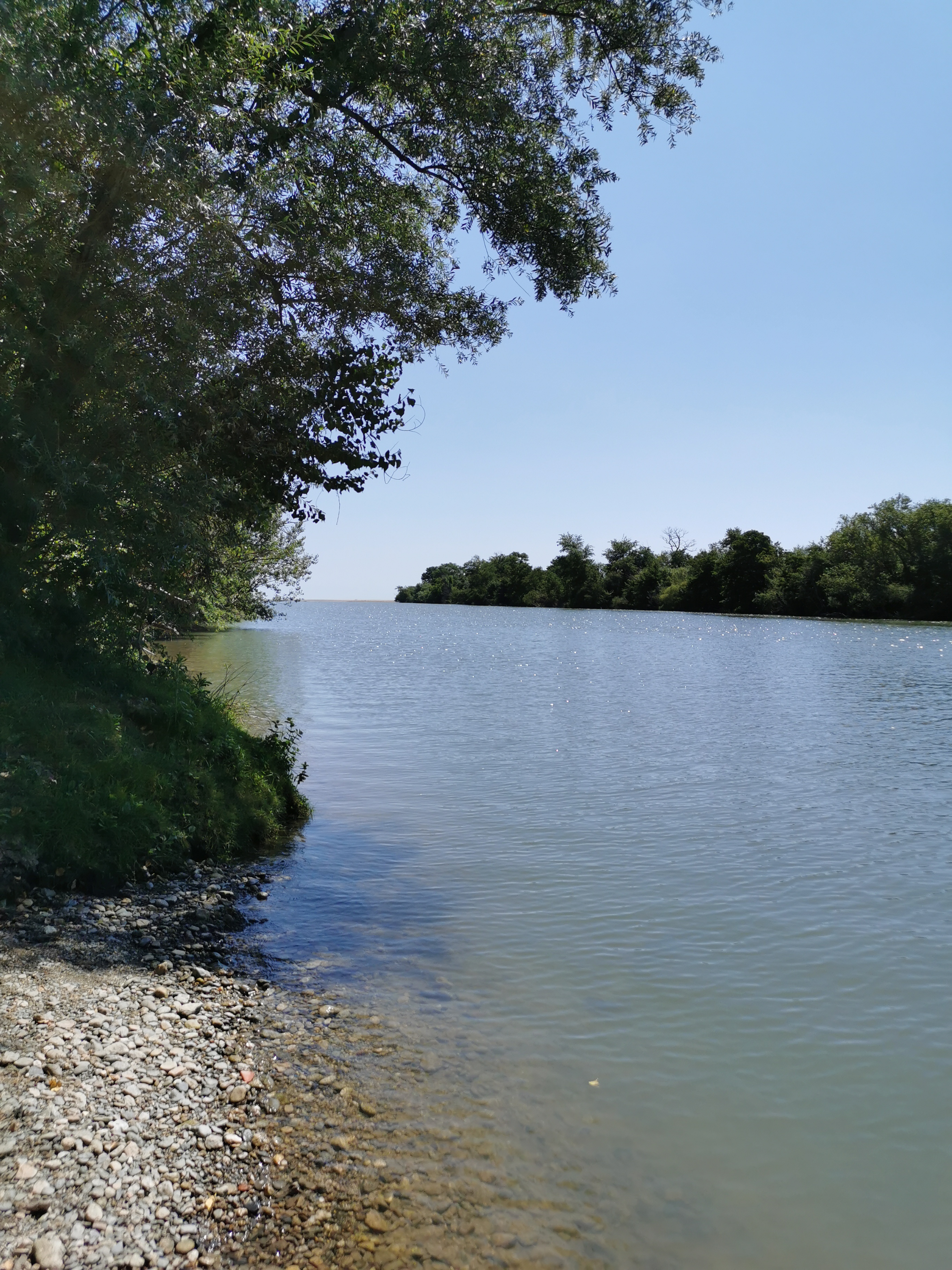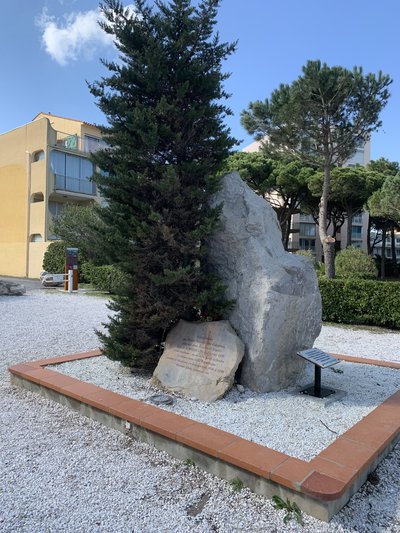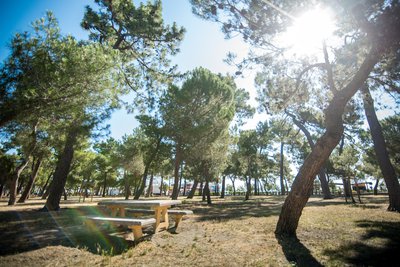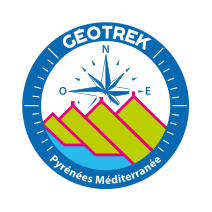[Connection] Elne-Argelès-sur-Mer

ELNE
[Connection] Elne-Argelès-sur-Mer
Medium
1h30
12,3km
+46m
-65m
Embed this item to access it offline
Discover Elne, with its Roman remains, cathedral and superb cloister. Then make your way to the beautiful beaches of Argelès, taking a diversion via the Tech and the Mas Larrieu nature reserve. Along the way, you'll be surprised by the Sainte-Eugénie-de-Tresmals chapel, which stands on the old route of the Via Domitia.
4 points of interest

Ville d'Elne 
Terrus Museum
Etienne Terrus (1857-1922) is a painter born in Elne, friend of many artists including Maillol, Matisse and Derain. Undisputed master of watercolor, he is not attached to any school or trend, even if the influence of Fauves is very clear in his latest paintings. He artfully transcribed the landscapes and the luminosity of Roussillon
Elisabeth Coste  Cultural heritage
Cultural heritageChapel of Sainte-Eugénie-de-Tresmals
A small building in the middle of the fields, mentions of Sainte-Eugénie date back to 951, 1067, and 1145. It served as a parish church until 1347 and remained a place of worship until the French Revolution. Afterward, it was decommissioned and repurposed as an agricultural building, particularly as a "casot" (a small storage hut). The architecture of the vault in the current structure dates back to the 12th century. The building consists of a single nave covered with a broken barrel vault with a doubleaux (a supporting arch) and a semi-circular apse.
Mémorial du camp d’Argelès  History
HistoryThe Camp Monolith
The monolith at the camp marks the southern entrance to the Argelès-sur-Mer camp, which was opened in early February 1939 to intern some of the refugees who had fled Spain during "La Retirada." Over 100,000 refugees, including women and children, passed through the camp until summer 1939, all sleeping directly on the sand in makeshift shelters. The camp was reorganized and reopened following the declaration of war in September 1939. After France's defeat in June 1940, the camp became more international, with refugees from Northern and Eastern Europe, including foreign Jews, and the return of Spanish workers. The Vichy government used it as one of the main camps in southern France, interning French nomads there in the autumn of 1940.
People from over fifty nationalities lived together behind the barbed wire at Argelès. These "undesirables" were confined on a beach where living conditions were extremely harsh, with high mortality rates, particularly among infants. In 1941, the Ministry of the Interior transferred most of the internees to the Rivesaltes camp and deported some Spaniards and international brigadiers to camps in Algeria. By June 1942, with only a hospital remaining, the Argelès-sur-Mer camp was converted into a French Youth Work Camp before closing permanently in November. Erected in 1999, this monolith pays tribute to all the refugees who passed through the camp.

Stephane Ferrer  Flora
FloraPine Wood
If you're looking for a place to relax in the shade of maritime pines, this is the perfect spot. You'll also find picnic facilities just a few meters from the beach shopping alleys.
Description
1. From the Tourist Information Office in Elne, take the Rue du Couvent on the left. Note the old Roman baths, the old lime kiln and make a diversion through the historic centre.
2. Turn left into avenue Charles de Gaulle and then right into rue du Salita.
3. Take the first turning on the left into rue d'Oran.
4. Continue straight ahead and at the roundabout, take the second exit (towards Perpignan), then turn right onto chemin de la mer.
5. Cross the bridge and turn right onto Chemin de Sainte-Eugénie. The Sainte-Eugénie-de-Tresmals chapel is 1km along this road on the left, hidden by vegetation. You need to be careful
6. Then take the Latour-Bas-Elne road on the right.
7. At the D81, turn right onto the cycle path towards Argelès. You can go under the D81 bridge to reach the Mas Larrieu nature reserve (only accessible on foot).
8. At the Luna Park roundabout, follow the track onto the Route du Littoral. You will pass a number of campsites.
9. At the next roundabout, turn left onto Boulevard de la Méditerranée. Pass between two buildings to reach the seafront. Turn right into the pine woods and then onto the green promenade.
10. After the small funfair and car park, turn right to reach the Tourist Office. To return to the Elne Tourist Office, walk in the opposite direction.
2. Turn left into avenue Charles de Gaulle and then right into rue du Salita.
3. Take the first turning on the left into rue d'Oran.
4. Continue straight ahead and at the roundabout, take the second exit (towards Perpignan), then turn right onto chemin de la mer.
5. Cross the bridge and turn right onto Chemin de Sainte-Eugénie. The Sainte-Eugénie-de-Tresmals chapel is 1km along this road on the left, hidden by vegetation. You need to be careful
6. Then take the Latour-Bas-Elne road on the right.
7. At the D81, turn right onto the cycle path towards Argelès. You can go under the D81 bridge to reach the Mas Larrieu nature reserve (only accessible on foot).
8. At the Luna Park roundabout, follow the track onto the Route du Littoral. You will pass a number of campsites.
9. At the next roundabout, turn left onto Boulevard de la Méditerranée. Pass between two buildings to reach the seafront. Turn right into the pine woods and then onto the green promenade.
10. After the small funfair and car park, turn right to reach the Tourist Office. To return to the Elne Tourist Office, walk in the opposite direction.
- Departure : Tourist Office of Argelès-sur-mer
- Arrival : Tourist Office of Argelès-sur-mer
- Towns crossed : ELNE and ARGELES SUR MER
Altimetric profile
Recommandations
Stay hydrated regularly, obey the highway code. Do not litter. Respect nature.
Transport
Bus 1€
Access and parking
D914, D612
Parking :
Tourist Office Parking in Elne
